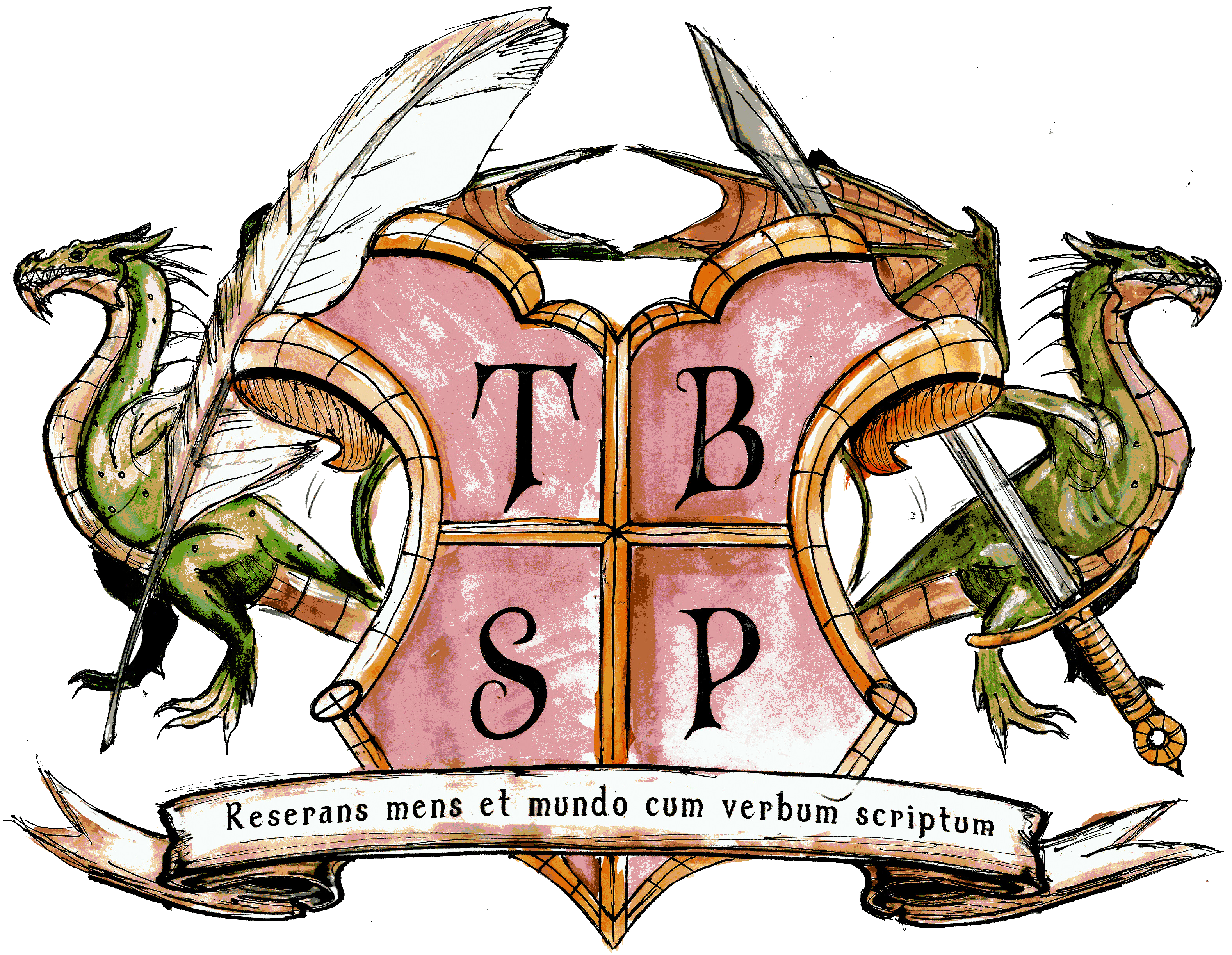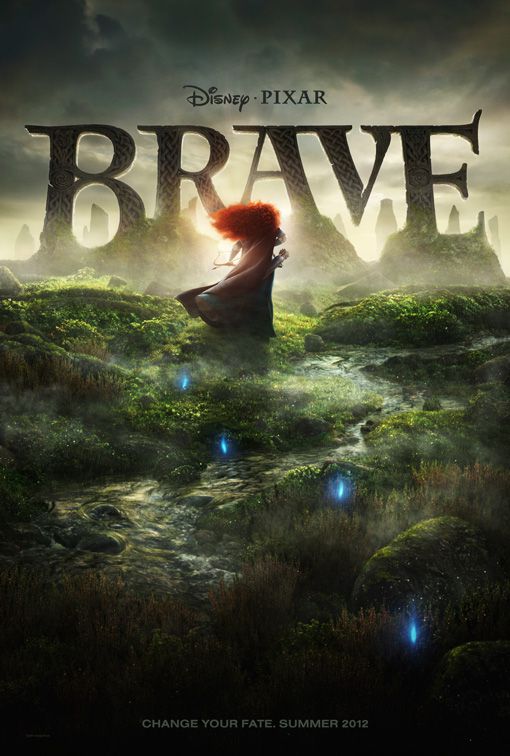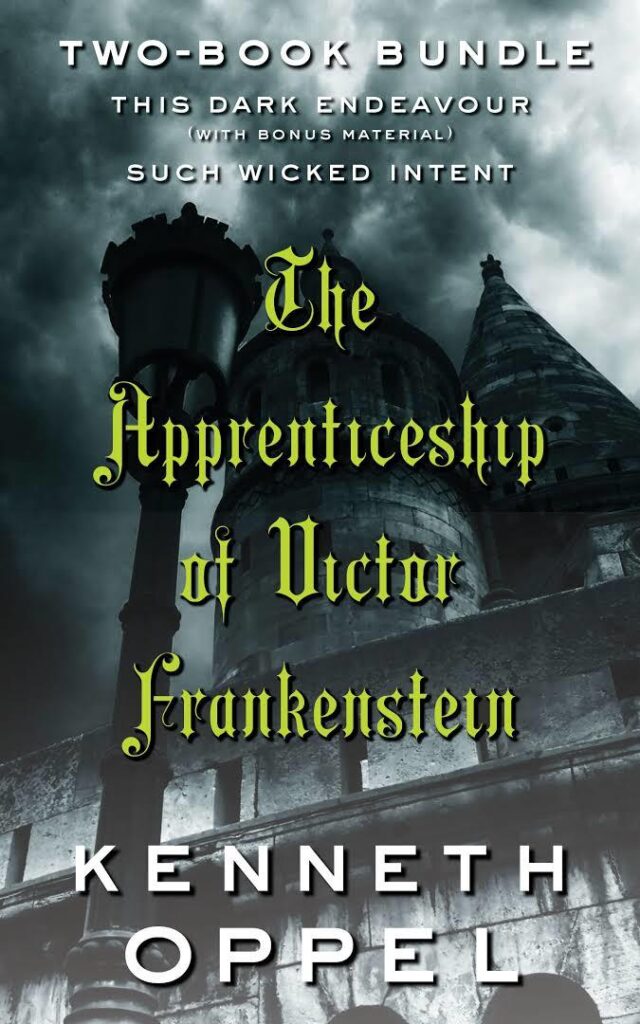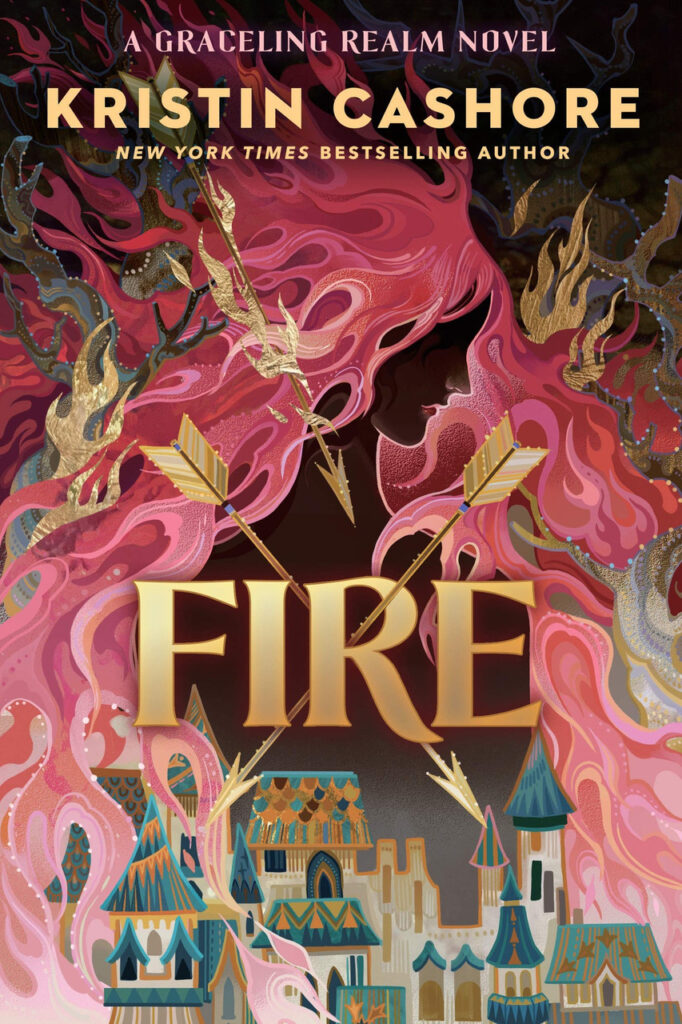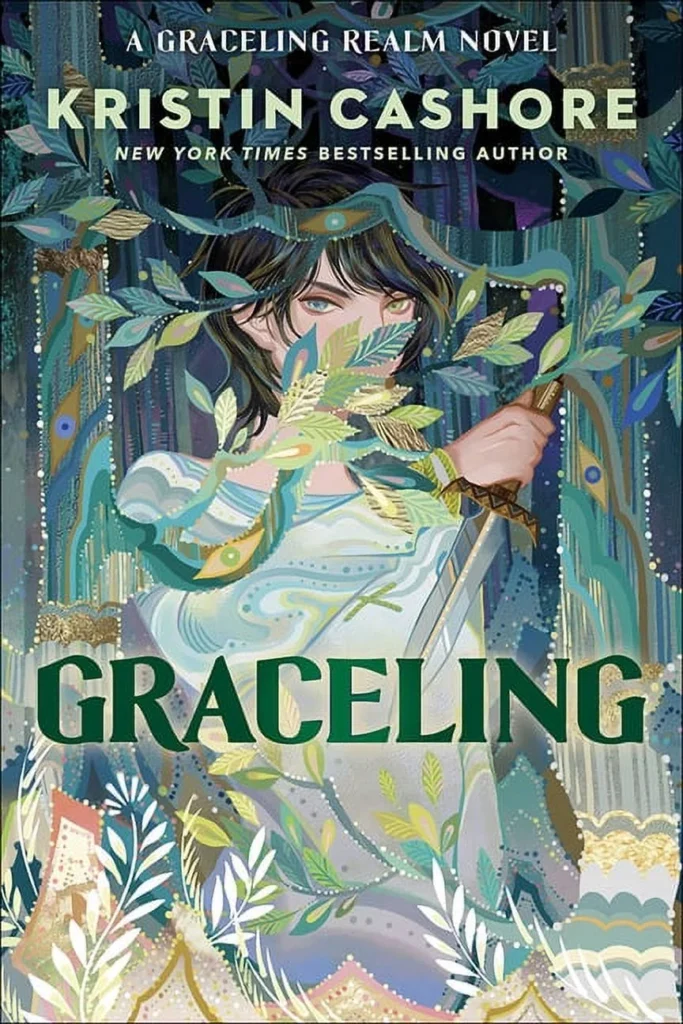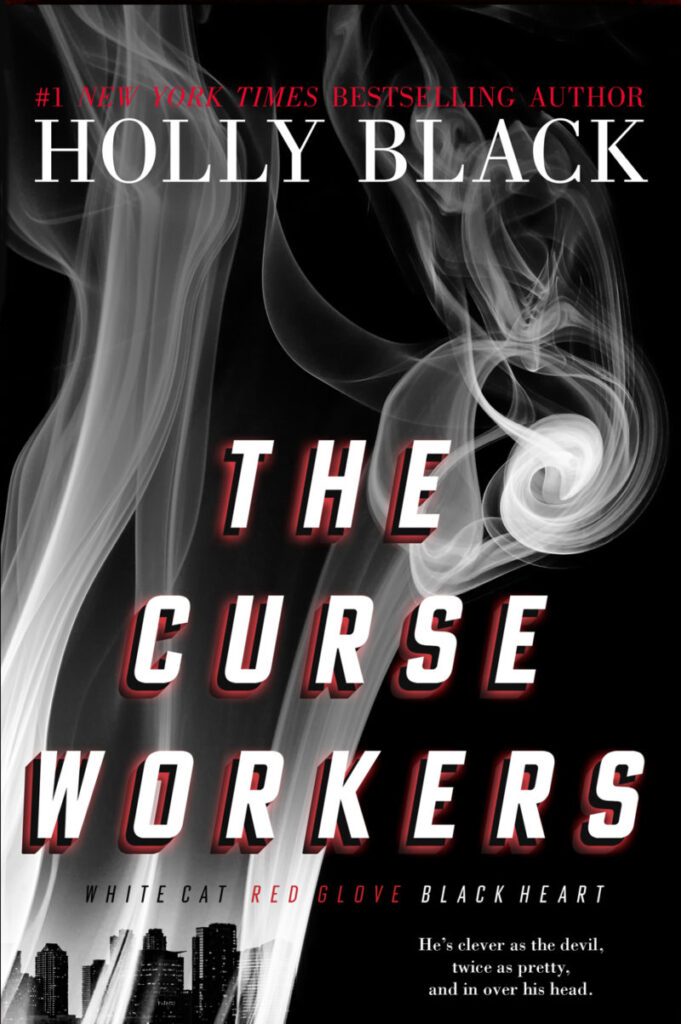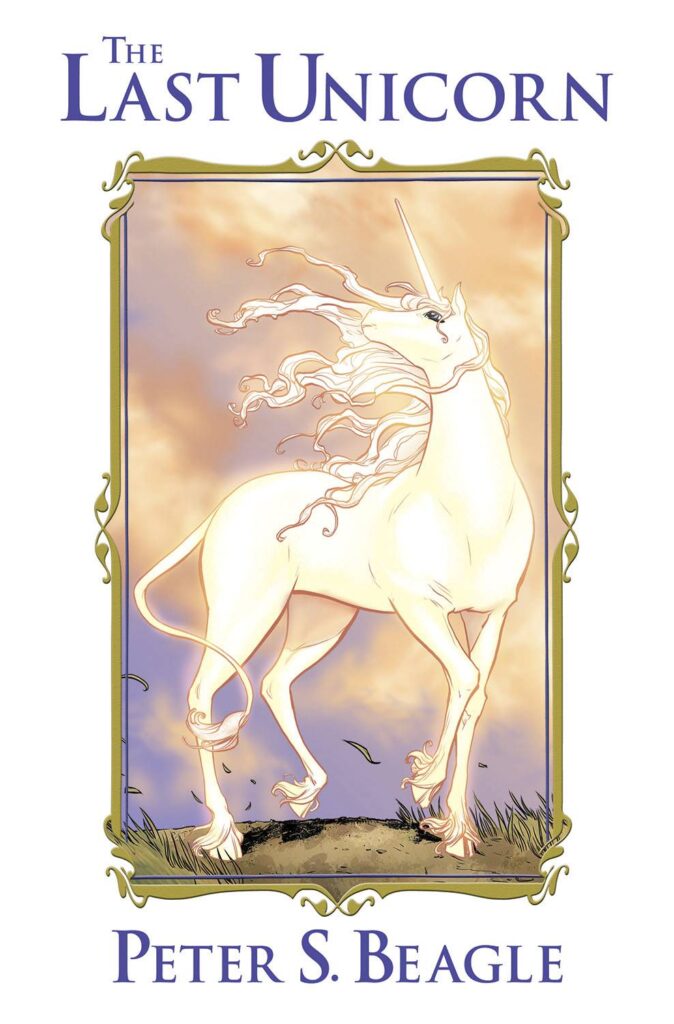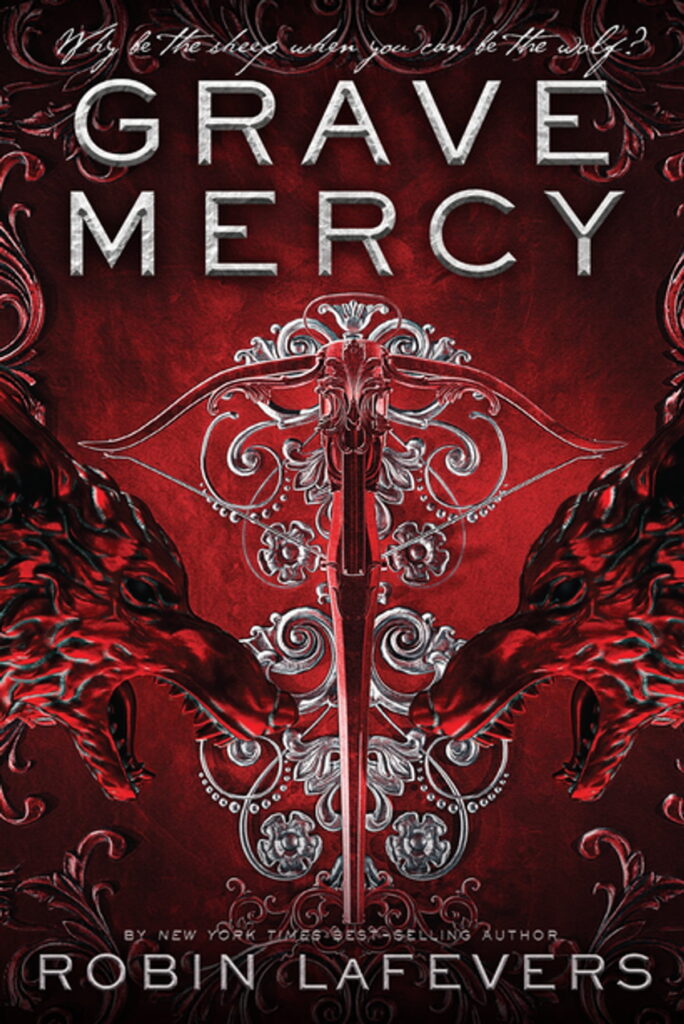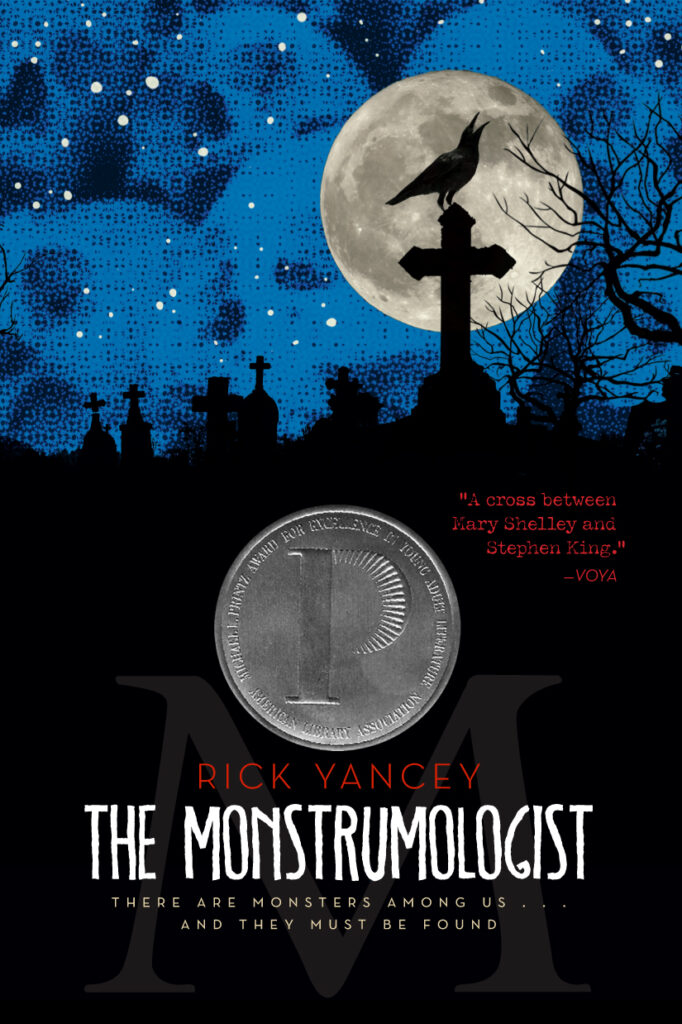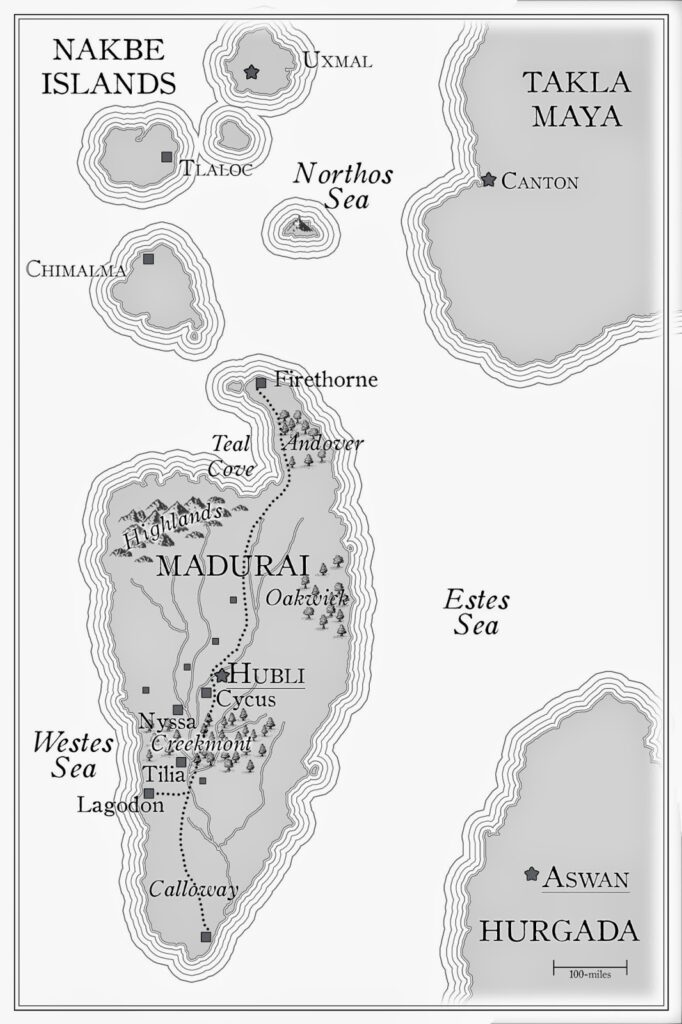Category: Spotlights
Movie Spotlights
Book Spotlights

- Spotlighting the Books of Speculative Fiction -
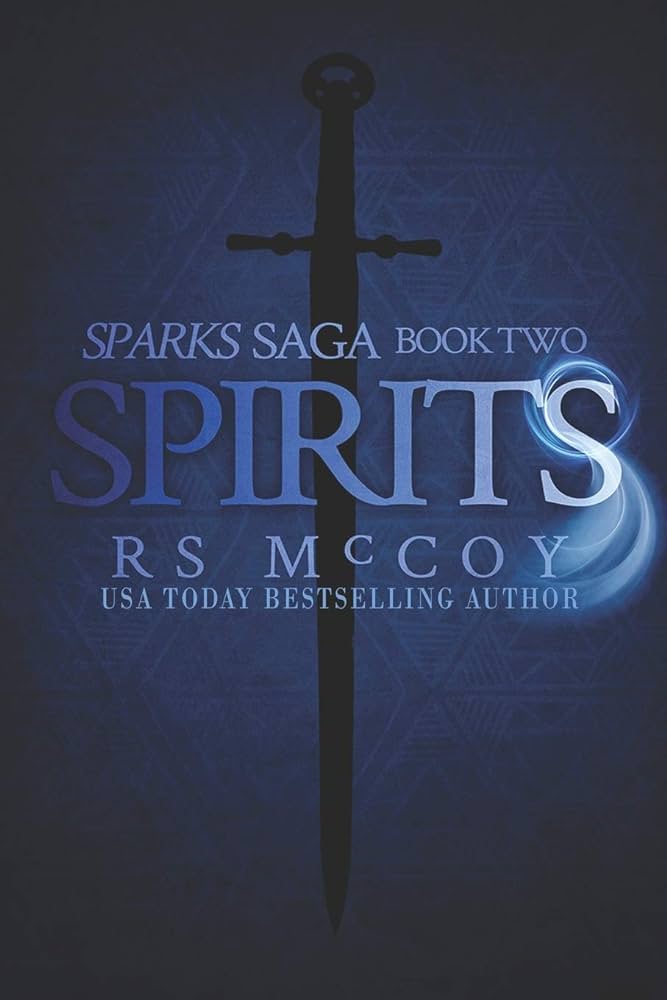
Book Spotlight: Spirits (Sparks Saga, Book Two) by R.S. McCoy

Book Spotlight: Horns by Joe Hill
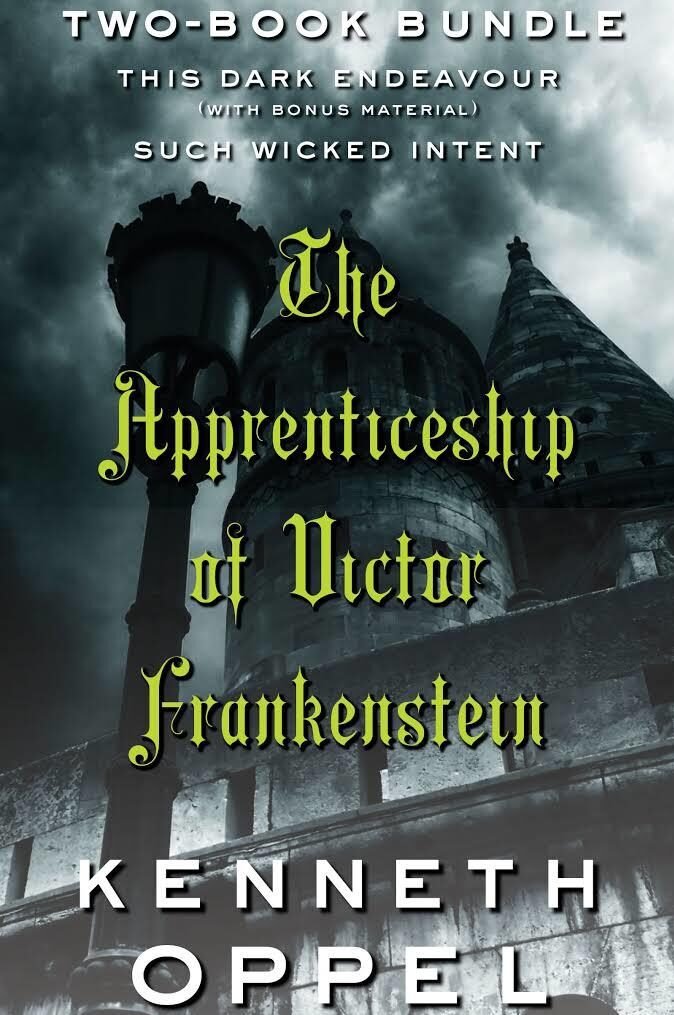
Book Spotlight: The Apprenticeship of Victor Frankenstein Series by Kenneth Oppel
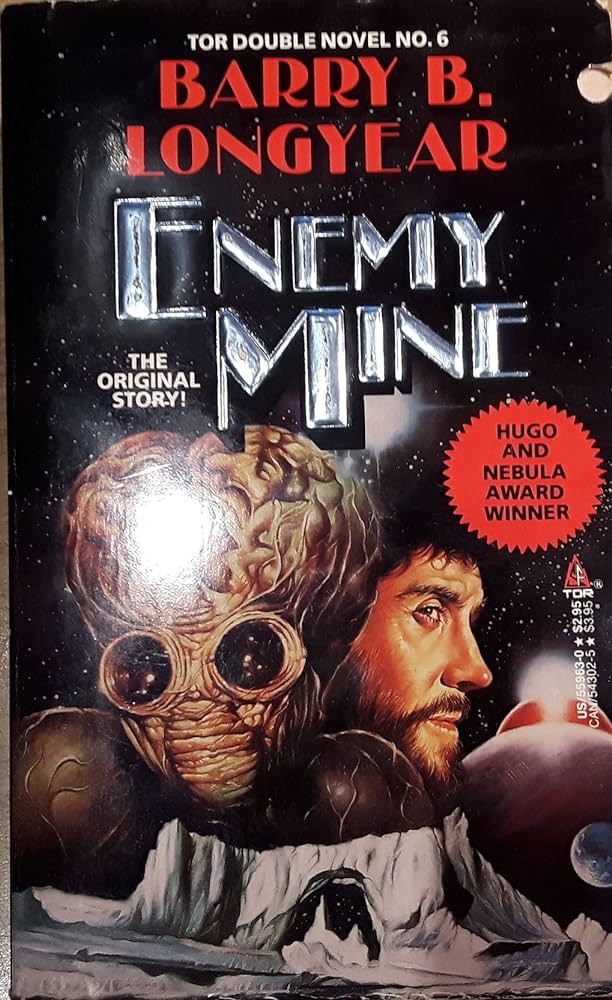
Book Spotlight: Enemy Mine by Barry Longyear & David Gerrold
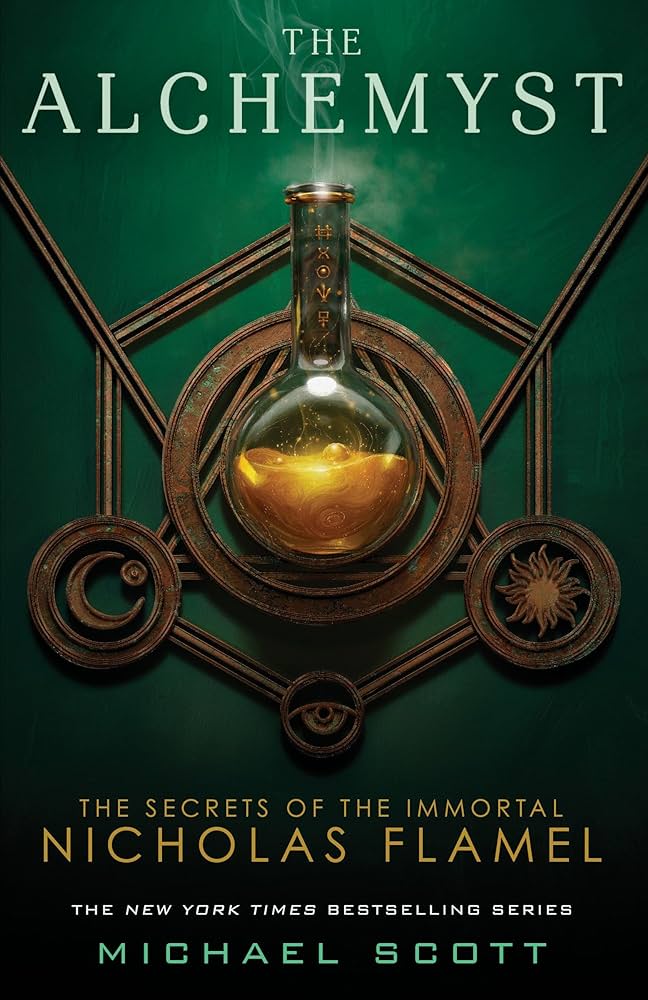
Book Spotlight: The Alchemyst (Secrets of the Immortal Nicholas Flamel, Book 1) by Michael Scott
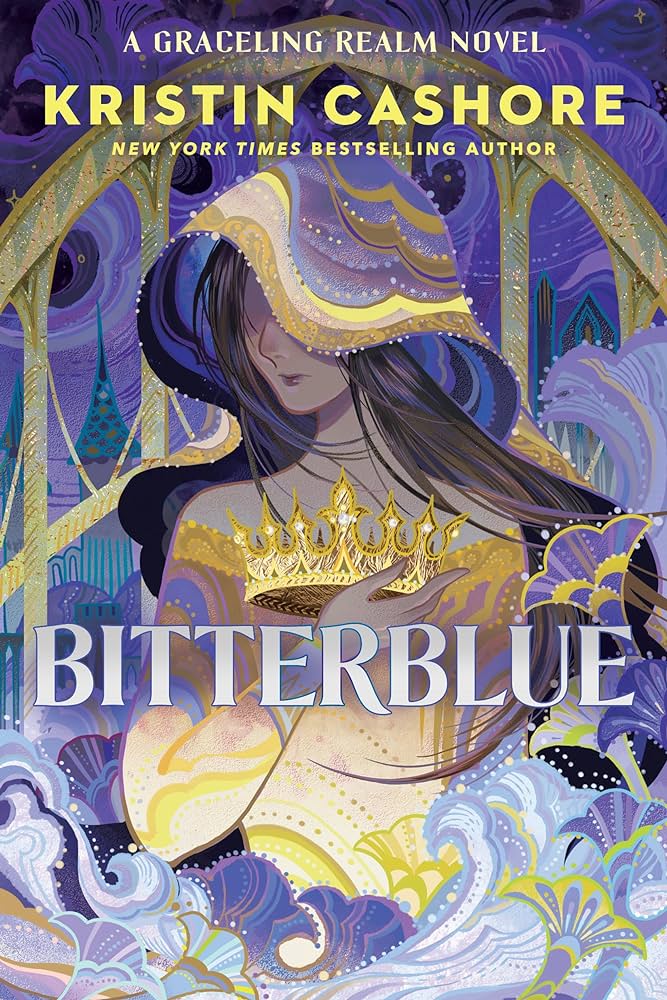
Book Spotlight: Bitterblue (The Seven Kingdoms Trilogy, Book 3) by Kristin Cashore

Book Spotlight: Fire (The Seven Kingdoms Trilogy, Book 2) by Kristin Cashore

Book Spotlight: Graceling (The Seven Kingdoms Trilogy, Book 1) by Kristin Cashore
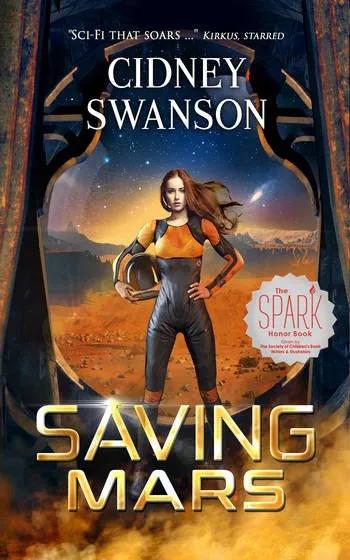
Book Spotlight: Saving Mars (Saving Mars, Book 1) by Cidney Swanson
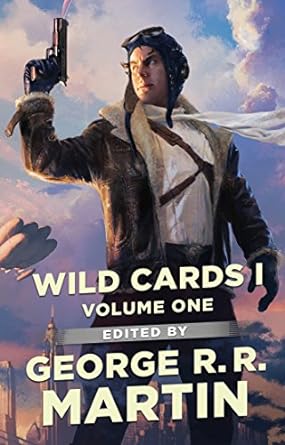
Book Spotlight: Wild Cards I, Expanded Edition by George R. R. Martin (et al)
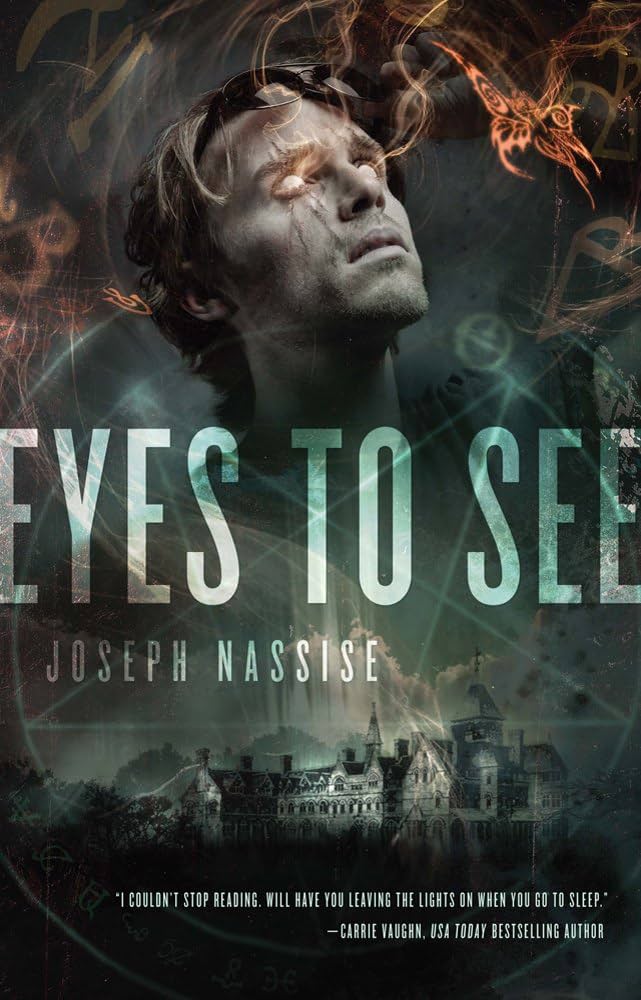
Book Spotlight: Eyes to See (Jeremiah Hunt Chronicles, Book One) by Joseph Nassise
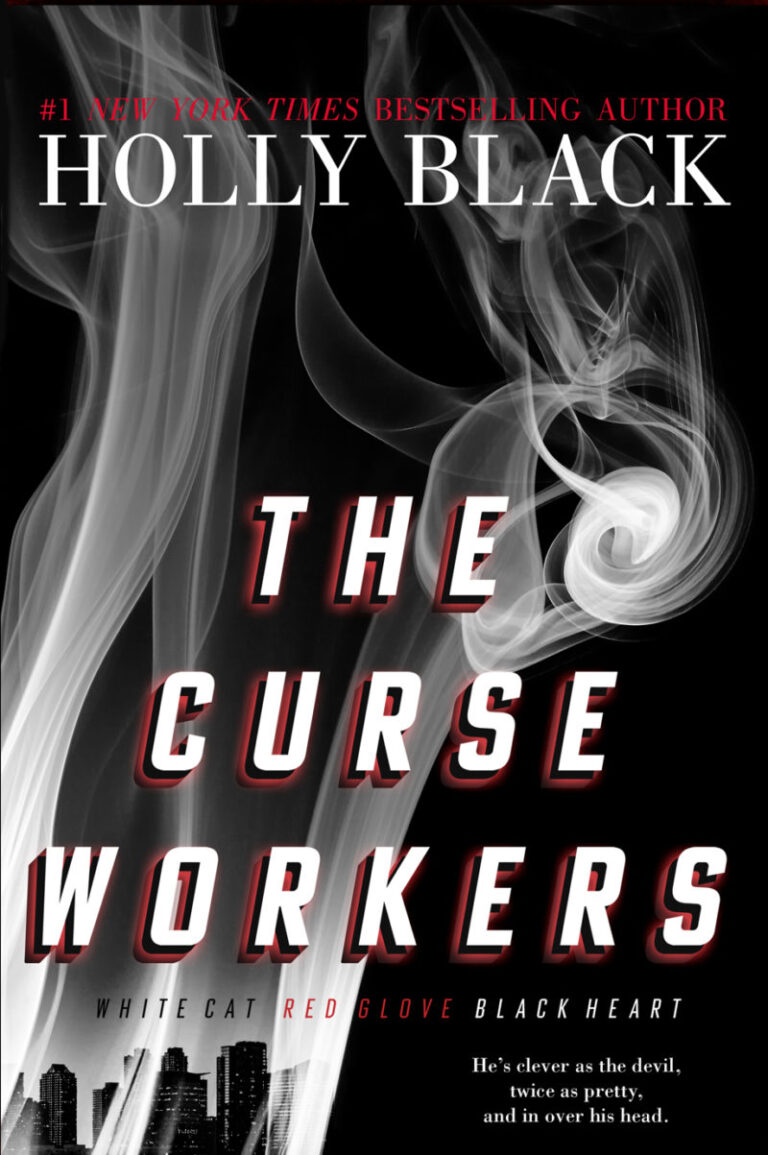
Book Spotlight: The Curse Workers Trilogy by Holly Black
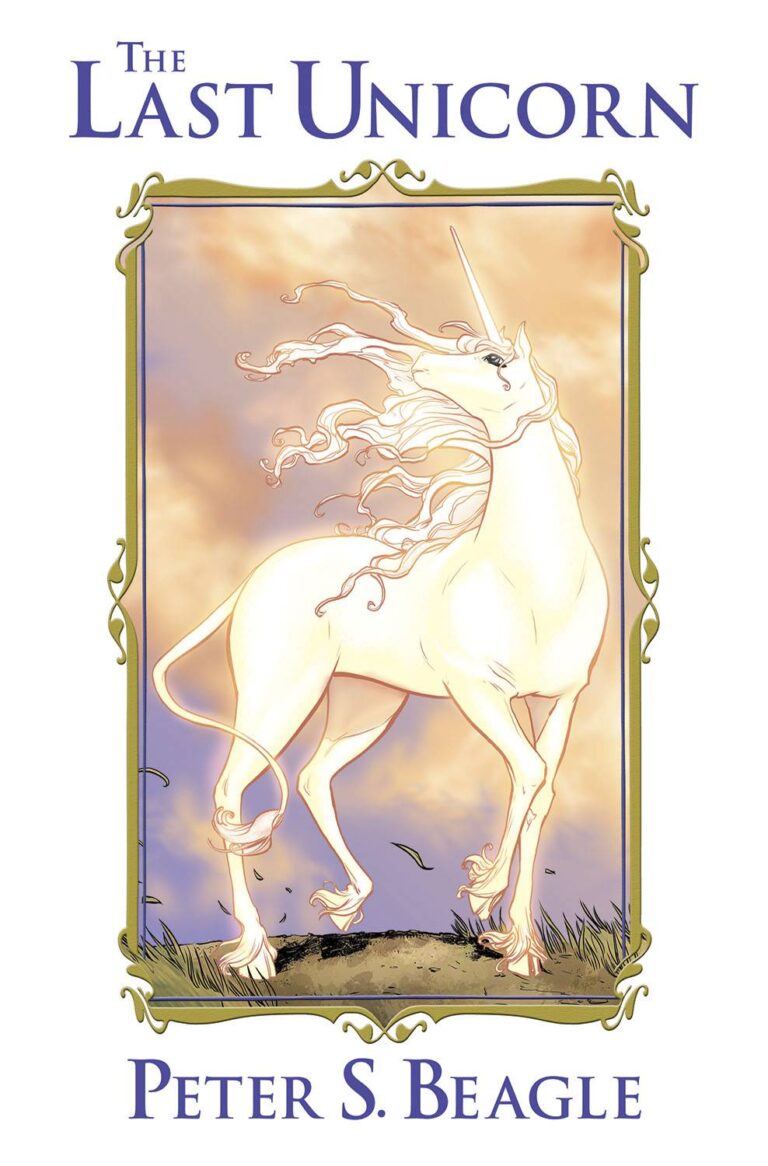
Book Spotlight: The Last Unicorn (The Graphic Novel) by Peter S. Beagle
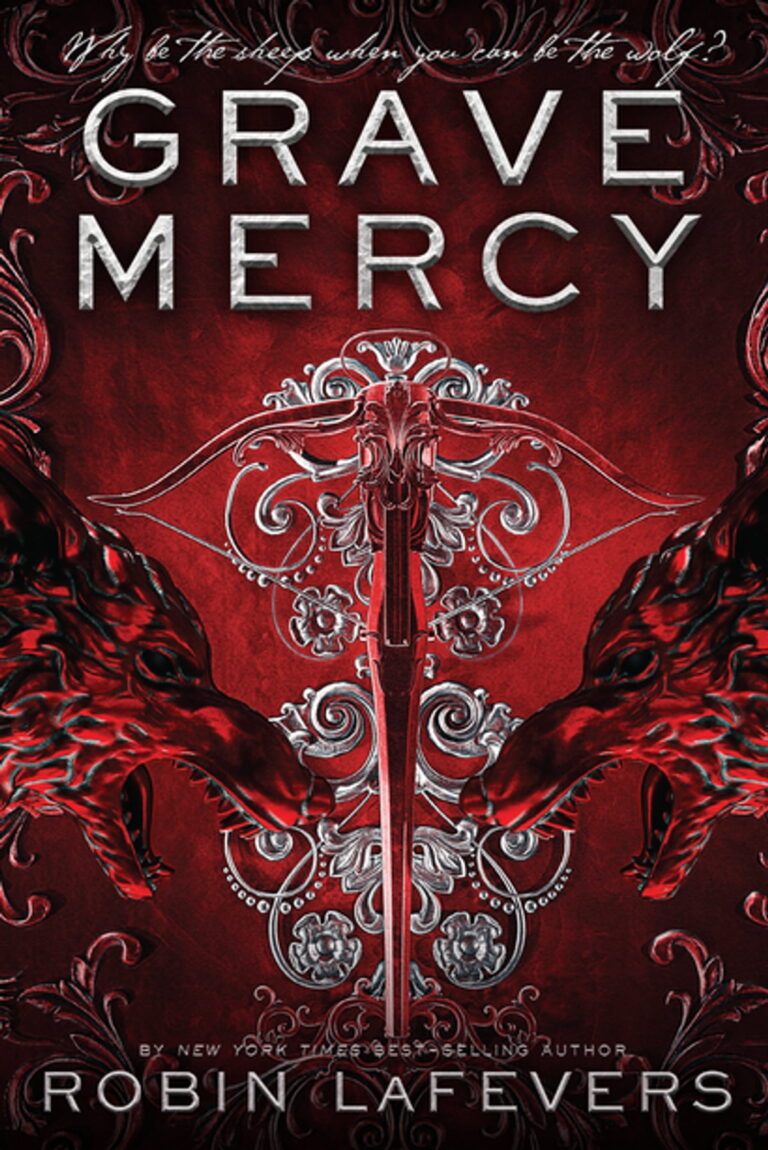
Book Spotlight: Grave Mercy by Robin LaFevers
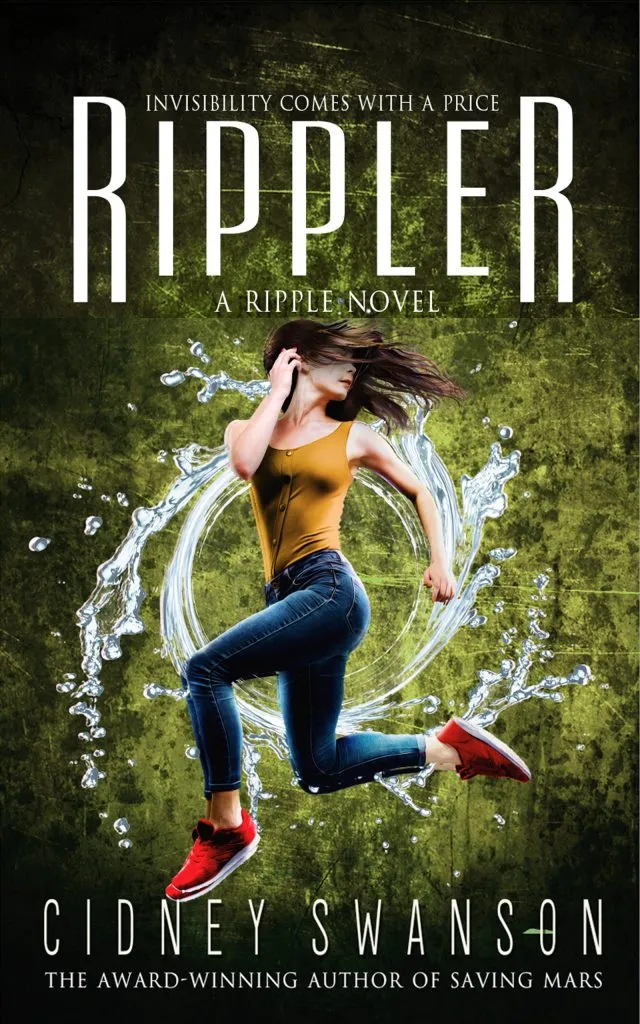
Book Spotlight: The Ripple Trilogy by Cidney Swanson
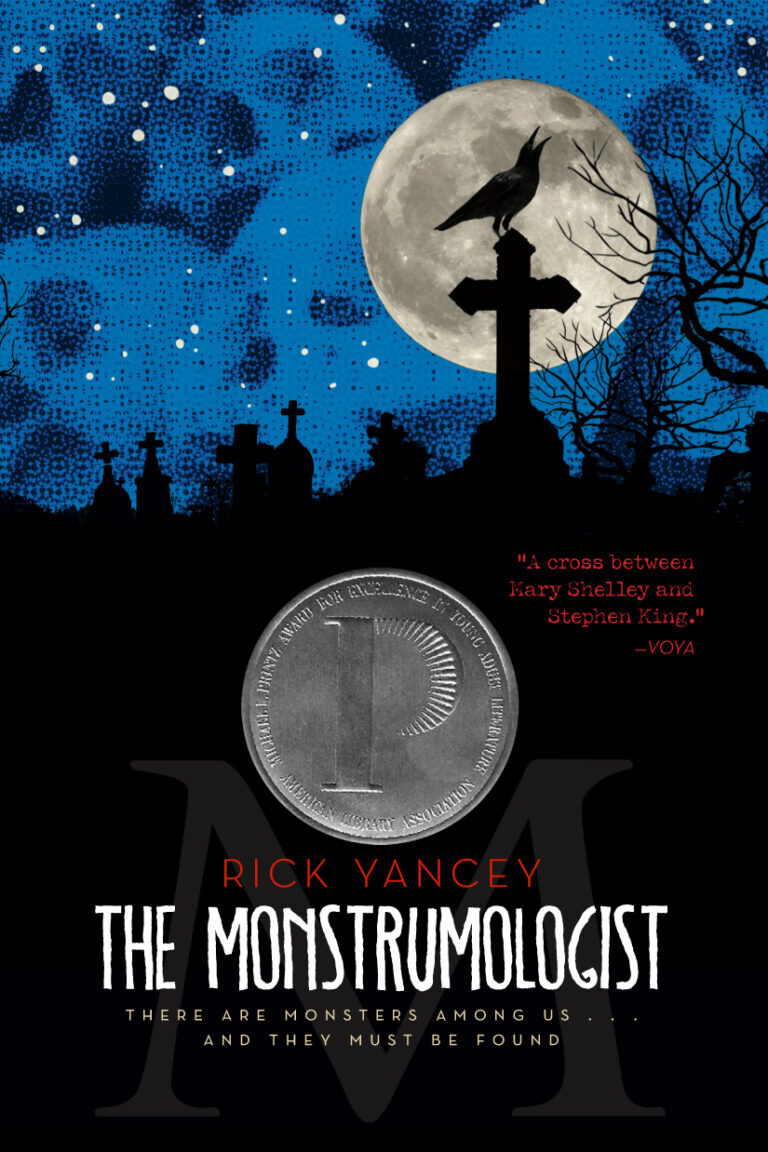
Book Spotlight: The Monstrumologist Series by Rick Yancey
Author Spotlights
Book Spotlight: Spirits (Sparks Saga, Book Two) by R.S. McCoy
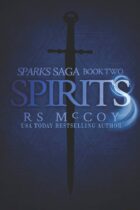
Book Spotlight: Spirits (Sparks Saga, Book Two) by R.S. McCoy
Bonjour, Beardies!
It has been far too long, so please forgive my absence…
Today, however, I have a special treat, and it’s not just my return from the depths of non-existence.
A while back, I spotlighted the first book of The Sparks Saga, an exciting new series by RS McCoy. The book, also titled Sparks, was phenomenal. After reading the 5-star book, I was so happy that RS McCoy stumbled upon the blog and requested a review. There was one hiccup, however. Although a top-rated book for me, the editing was lacking. Luckily, RS McCoy agreed to my pleading that I edit it for her. I couldn’t let such a great story suffer the stigma of a bad editor.
With that said, I also edited Spirits, the subject of this Spotlight. Let it be known, however, that I show no bias to either book given my involvement—my involvement was a direct response to my absolute love with this series and not the other way around, and I can’t wait to give you all the juicy details. And by details, I mean Gems—not spoilers.
{—PREMISE—}
LARK DAVIES sleeps in a gilded palace and eats the finest foods, but he would trade it all to change that one night. Unable to use his talent for mind-reading to prevent a series of murders, Lark’s dreams are ravaged by gruesome memories. Robbed of sleep and slowly losing his sanity, the devoted lover and expectant father can only watch as his life continues to spiral out of control.
Whispers of invasion threaten what little peace their new life might have offered. Khea, the new queen of Nakbe–and his only light in the night–declares human sacrifice to be a necessary component of the island culture, forcing Lark to assert his disapproval. For the first time, the unifying bond he shares with her isn’t enough to keep them together.
With his mentor at his side, Lark’s only hope to stand against the queen and avert a future of death lies in his unexplored ability to manipulate physical elements of the world. The two men search out the spirits that control water, fire, and wind in hopes of ending two thousand years of violent traditions before rival nations invade.
{—GEMS FOR WRITERS—}
1. World Building...
PERHAPS you are thinking I always choose this Gem. In part, you’d be correct. But only if the book warrants it. World building is my passion–if you cannot build a believable and enticing world, most likely you cannot fully conceive the story you are writing. It’s often said that writers are often off in their own little worlds, and there’s a reason for that: they are. Most great writers submerge themselves into the worlds they are putting to page.
MCCOY has not only created a wonderful world in her series, but the individual regions that make up the world as a whole are worlds within themselves. Each has its own culture, its own history, and its own struggles, all of which McCoy describes beautifully. She truly delves deeper into the Nakben culture in writing Spirits, and we as readers feel as much a part of the world as Lark, Khea, and Avis.
2. Magical systems...
3. Characterization...
THIS might sound cliché, but McCoy‘s characters truly leap from the page–most into your heart. As a reader, you connect with the characters on a level that you do in everyday life–at least I did. From the amorphous green fog to the unlikeliest of friends found deep in the Silver Springs, each has a distinct personality you grow to love–or, in some cases, hate. The human condition and its complete range of emotions are not lost with McCoy She incorporates almost the entirety of its span, and believably so.
4. ALTERNATIVE LIFESTYLES...
{—RATING—}
{—CONCLUSION—}
IF you haven’t yet picked up the first book of this wonderful series, do so now! It’s not only about magic, it’s about life, love, loss, and looking at the world through another’s eyes. It’s about learning about the magic and power within yourself. It’s about friendship and connection to the world around us in a way which we as humans have lost.
I can’t wait for the third installment of this series, and I’m gloating in the fact that, as its editor, I get to see it before any of you. 😉
Until next time—Happy Scribing!
Joshua A. Mercier
Book Spotlight: Horns by Joe Hill

Book Spotlight: Horns by Joe Hill
NOSWAITH DDA, Beardies!
The BBC would like to apologize for the next announcement.
‘Tis I, Jessica, here with my first ever review on The Bearded Scribe, and I’m truly excited about it. I decided to start with one of my favorite stories because it’s very easy for me to discuss. I picked up this book because I love Stephen King and, being bored and carrying around 50 cents, saw his son’s book Horns at a Helping Hands store. It was about a week or so before I even opened this book. Frankly, it scared me. I don’t like reading about anything dealing with the Devil except The Bible. Even then, I get shaky and uncomfortable. I started reading on a night my daughter—not even two at the time—was running a high fever and needed constant rocking. I was so exhausted, and my brain was fried, so I grabbed the first book I could reach and started reading. Well, I couldn’t stop. She fell asleep around three in the morning but I couldn’t stop. I rocked her all that early morning and most of the next day just reading with my mouth gaping at this beautiful, heartbreaking novel. I cried just as hard as my daughter had been by the time we finished up Joe Hill‘s Horns. Right now, as it happens, I’m up with my five year old who is sick. She’s playing Final Fantasy V with her dad and watching me write.
{—PREMISE—}
IGNATIUS MARTIN PERRISH, that guy you see around town with the bad past everyone avoids, passes through the streets followed by not-so-silent whispered names. Murderer. Drunk. Waste. They all stare at “[t]hat piece of trash who killed his girlfriend and got away with it.” Iggy swears his innocence, but they know better. His brother is in show business, notorious for scums and charlatans. After all, weren’t they fighting when she left the bar?
Now, Iggy slinks past their eyes with a new sort of dread. He’s woken up to find a pair of horns growing from his temples. Also, people are confessing all their hidden dark secrets to him. People he doesn’t know, people who once looked at him with disgust, even his own parents and brother. Not only are they coming to him for confession, they’re seeking his permission to do these dirty deeds. Will Iggy give in to his newly-inherited powers of the Devil and show them a way to loose their evil, or will Iggy sacrifice his own soul to give them rest? If you knew the worst in people could you forgive them?
{—GEMS FOR WRITERS—}
1. Conflict...
IGGY PERRISH lives in a town where everyone around him accuses his girlfriend. He is a good-hearted guy, always trying to do the right thing, and his world has absolutely been destroyed. He battles alcoholism, depression, and a feeling of being isolated.
The night of Merrin’s murder, she announces she is leaving him. They have a terrible public fight and he’s last seen leaving the bar drunk and angry after her. Merrin’s conflict with Iggy isn’t as it seems. She’s actually been diagnosed with aggressive breast cancer; rather than have Iggy stay and watch her die, she wants him to go to college in London for a year. Her inner struggle is revealed in an all-Morse-code letter Iggy finds years after her death.
As if things for Iggy couldn’t get worse, his old best friend, Lee Tourneau, seems oddly immune to Iggy’s new powers of the Devil. If Iggy has the Devil’s power how is it Lee is unaffected? Their fight is not between good and evil but an evil which desires evil powers and an evil which desires forgiveness.
Iggy is also in conflict with himself. He’s grown horns out of his temples and can either lead people down to darkness or help them right their wrongs.
2. Evolution of a Character...
THE very first thing we see of Iggy is him barfing, drunk, and cursing his life. He’s drowning in depression at the loss of his only love, Merrin. He’s been accused of killing her and it has absolutely shattered his entire existence. Iggy, in retrospect, is a kind, smart, gentle guy. This is nothing like the Iggy we see today. His live-in girlfriend makes him miserable and he does everything he can to make her just as miserable. Iggy is a broken man.
With the addition of his horns, Iggy is able to see the evil inside the people around him. When his brother confesses to knowing who killed Merrin, Iggy is sent on a tailspin. He not only finds out Merrin was sick, but also she didn’t break up with him as he believed. Iggy’s brother announced he was there when Merrin was killed. He knows who did it and all the torture she suffered. He’s been carrying it for years and was only able to unload his mind with Iggy’s horns. Iggy is slowly consumed with his pain and rage. He sets a trap for the killer of his love, only to have it foiled by his brother’s coming to his aid. It’s either let him live or sacrifice his life.
Iggy goes from a slobbering drunk to a noble, utterly inspiration for how all should be. We should confront our evil impulses. Why do they exist within us all? I know for myself it’s difficult to face these thoughts sometimes. I end up asking myself, “Why on Earth did I just think THAT?” I’ve caught myself in deeds where I feel like I’m on the outside watching it happen, totally confused and screaming at myself to stop. This is exactly what Iggy must do in order to put Merrin’s spirit at rest. He must confront that primal beast within and let him loose or tame him.
{—RATING—}
{—CONCLUSION—}
HORNS forces its reader to examine themselves—to see the Devil inside. If you knew your father hated you, wished you dead, and wanted to commit suicide, could you forgive him these terrible things he spoke and tell him to live, or would you help him pull the trigger? In the end, Iggy must choose to save himself or his girlfriend’s true murderer. I was inspired by the love between Iggy and his girlfriend, Merrin. It’s such a beautiful and poetic romance, and very unexpected in an horror novel. Seeing Iggy battle this monster of a human—all the while facing his own Devil—is both heartbreaking and exhilarating. This story will leave you breathless.
Book Spotlight: The Apprenticeship of Victor Frankenstein Series by Kenneth Oppel
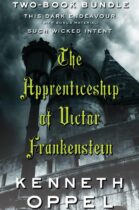
Book Spotlight: The Apprenticeship of Victor Frankenstein Series by Kenneth Oppel
GOOD EVENING, Beardies,
Call me indecisive if you will, but making “Best of the Best” lists is my own personal brand of librarian kryptonite. I just can’t decide! Usually, the best book I’ve read this year is the one I’m reading right now. So, instead of making my own list, most of the time I read the books that are on everyone else’s lists.
This Dark Endeavor, the first book of Kenneth Oppel’s The Apprenticeship of Victor Frankenstein Series, was on a 2011 list from one of my librarian idols, Lynn Rutan. Along with colleague Cindy Dobrez, Lynn writes a blog called Bookends that I follow religiously. She called This Dark Endeavor “a steampunky Frankenstein retelling,” and from that description alone, I was hooked. Everything Lynn promised, the book delivered, and when the second book came out in August, the series skyrocketed to the top of my “Books to Spotlight” pile.
{—PREMISE—}
SIXTEEN-YEAR-OLD Victor Frankenstein lives the typical life of a young gentleman of privilege in eighteenth-century Geneva. Victor idolizes his twin brother, Konrad, and the two are virtually inseparable. One day, exploring in Chateau Frankenstein with their cousin Elizabeth and best friend, Henry Clerval, they discover a secret room filled with arcane tomes—the Dark Library that once belonged to their ancestor Wilhelm Frankenstein. Victor is intrigued by the contents of the Dark Library, but his father makes him promise never to return there. Then, Konrad becomes gravely ill, and even the best physicians in Europe seem unable to help him. Heartsick and desperate, Victor returns to the Dark Library in search of a cure, embarking on a quest to brew the Elixir of Life and save his beloved brother from certain death.
{—GEMS FOR WRITERS—}
1. CLASSIC INSPIRATION...
2. FOOD FOR THOUGHT...
ONE of the things I love about retellings is how they make me think about familiar material in new ways. Although I am quite familiar with the story of Frankenstein, this is the first time that I’ve really connected with the protagonist. When it comes to saving a loved one, how far is too far? Is it ever okay for humans to play God? These are just a few of the questions with which the teenage Frankenstein grapples, and somehow, by putting them into the mind of a teenager, Kenneth Oppel made them resonate with me even more deeply. There are, of course, no easy answers for either Frankenstein or the reader, so the book continues to echo long after the last page.
3. CHARACTERIZATION...
AS stated, though this was far from my first exposure to the story of Frankenstein, it was the first time I have been truly able to connect with the protagonist. This connection is, in part, due to Oppel’s outstanding characterization, which humanizes the protagonist. The teenage Victor Frankenstein has a brash, larger-than-life personality. His emotions run deep, particularly his love of his twin brother, and though he sometimes makes the wrong decisions, he always does so for the right reasons. Based on past experience, I never expected to love this character, but I found myself viewing him as a much-loved but highly-exasperating younger sibling, wanting to strangle him one moment and loving him to pieces the next.
{—RATING—}
{—CONCLUSION—}
IN The Apprenticeship of Victor Frankenstein Series, Kenneth Oppel tackles an old subject in a new way, portraying a familiar protagonist in a new light and leaving the reader with many lasting questions. This portrayal makes a classic accessible to a whole new generation. The first two books of this planned series are a treat for speculative readers and I can’t wait for the next installment.
Happy Reading and Happy Scribing!

ELIZABETH J. NORTON
Book Spotlight: Enemy Mine by Barry Longyear & David Gerrold
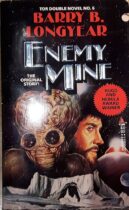
Book Spotlight: Enemy Mine by Barry Longyear & David Gerrold
GUTEN TAG, Beardies!
My name is Kelsey J. Mills, and I come to you all the way from Canada. I am The Bearded Scribe‘s youngest Scribe—a Science Fiction reader and writer, a sucker for aliens or robots, and a lover of social commentary. I’m so honoured to be here on The Bearded Scribe, and I hope that I manage to entertain you.
The book—technically novella—I will be spotlighting today is Enemy Mine by Barry B. Longyear and David Gerrold. Please note that this is not the original version—the copy that I have was based on the screen play written by Edward Khmara, which was based on the story written by Barry B. Longyear. Also note that I have not yet seen the movie for which the aforementioned screenplay was written.
{—PREMISE—}
EARTH and the Dracon Empire are locked in an interstellar war based on mutual hatred and ignorance. The only thing as hostile as the Dracs and humans are to each other is Fyrine IV, the planet where a Drac and human pilot crash during a heated battle. But the human, Willy Davidge, and the Drac, Jeriba Shigan, face an even greater battle on Fyrine IV than the rough terrain: overcoming their hatred of each other, as it quickly becomes clear that the two enemies need each other to stay alive. As the two work to overcome their differences, a friendship forms that will change both of their lives, and possibly the way the humans and the Dracs see each other. Forever.
{—GEMS FOR WRITERS—}
1. CHARACTERIZATION...
IN a novella with only two characters for the majority of the story, the characterization had better be bang on—and Enemy Mine delivers. Both Willy and Jeriba (nick-named “Jerry” by Willy) are real, living, breathing people that come off the page and engage the audience. Willy, the human and POV character, is an especially good example. At first glance, he seems to be the typical space cowboy: not too bright, but full of piss and vinegar; a manly man who seems to personify humanity’s arrogance and offensiveness throughout the beginning of the book. However, as the story goes on and he interacts more with Jerry, his true personality is revealed; Jerry’s personality, too, is shown through his interactions with Willy. The characters’ interactions with each other become less guarded, playing off each other beautifully.
That’s what makes this story work, and what makes it worth reading. My personal favourite example of both the uniqueness of Willy and the way the characters play off of each other is a scene where Willy is explaining the teachings of the Mickey Mouse (the Dracs are under the impression that dear old Mickey is a great spiritual leader). This scene is driven by Willy and Jerry reading and responding to each other. Willy shows his uniqueness through his ability to analyse the role of Mickey Mouse in human popular culture, and the ideals and messages Mickey portrays. Jerry, who up to this point has been teaching Willy about his culture, and being a bit of a jerk about it sometimes, takes the role of a student. This shows his humility and his eagerness to learn previously alien concepts. If nothing else, it makes you appreciate Mickey a whole lot more.
The author’s characterization of the races themselves was also refreshing. It wasn’t like other popular alien films and books (Avatar, Starship Troopers), where cut and dry stereotypes of “humans are bad” and “aliens are good” or vice versa are used. Both races have their not-so-pleasant sides, but there are redeeming factors to both of them; both races are equally flawed, and this makes the friendship between Jerry and Willy even more lovely and profound, especially after key events in the story.
2. MIRROR, MIRROR...
THIS story’s main strength is in its social commentary. It does what Science Fiction is best at: holding a mirror up to humanity and forcing us to see things a different way, from the point of view of another. This can often be painful because it’s hard to show humans how much we suck without whacking us over the head with how much we suck. The author shows us our ugly tendency to discriminate and hate those we don’t understand through the characters’ dialogues about their respective cultures.
Most of the first part of the story is Jerry and Willy learning each other’s language. Willy learns Drac from the teachings of Shizumaat, a religious book that Jerry keeps around his neck. This gives the author the chance to explore the cultural differences without preaching to the reader. It makes sense that Willy would have questions about the things he is reading, and it also makes sense that Jerry and Willy would have to explain their turns of phrase to each other. This gives the author a chance to insert comments on our society through comparison with the Dracs. One example is when, during a discussion about food, Jerry calls Willy a “slave eater” because of the way humans eat. Willy is confused about this, and Jerry explains to him that, during the history of the Dracs, there was a war in which the victors took slaves—and, well, ate them. Willy compares the Dracon events to the Holocaust on Earth, yet another example of how being different doesn’t necessarily equate with not being alike.
The biggest mirror held up to us, however, is in the overall theme of the novel: that one’s enemies are often just like us, even if they appear to be vastly different. Even though this story was written in the 1970’s, I thought it was an interesting parallel to the conflicts that the United States are having with Muslim countries, religious discrimination in the States and in my own country of Canada, and the conflicts between Israel and Palestine. Maybe it’s just a coincidence, but the religious book that Jerry gives to Willy to learn Drac is called the Talman, which sounds similar to Torrah, Talmud, and Qu’uran combined. I also found it interesting that, like Christianity in North America and Islam in the Middle East, both of the characters’ belief systems hold the same tenants, namely “love thy neighbour.” The social comment in this book was truly ahead of its time. What writers can take away from this is that commenting on complex—yet broad—issues can make your story timeless, and it will give the reader the ability to insert their own cultural context into the comment you are trying to make.
{—RATING—}
{—CONCLUSION—}
THIS is the book to read if you like stories about the power of friendship. It provides writers with insight on how to use the dynamic relationship of only two characters to create a powerful and meaningful story, and how to comment on society in a timeless way without being too preachy about it. This all combines into one moving story. This story will tug your heartstrings and make you think. If you can’t already tell, I love this story. I think you will, too.
***Enemy Mine (1985) by Barry B. Longyear and David Gerrold, published by and copyright Charter Books (Berkley Publishing Group).
Book Spotlight: The Alchemyst (Secrets of the Immortal Nicholas Flamel, Book 1) by Michael Scott
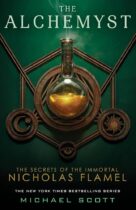
Book Spotlight: The Alchemyst (Secrets of the Immortal Nicholas Flamel, Book 1) by Michael Scott
GOOD Evening, Beardies,
Back in May, we did an Author Spotlight and giveaway with Michael Scott, author of the Secrets of the Immortal Nicholas Flamel Series. The contest, and his subsequent interview, were very successful, so it didn’t take us long to decide to do a collaborative series of Book Spotlights featuring each of the Michael Scott, author of the Flamel books. Unfortunately, finding time to collaboratively write the posts took much longer, but we finally did, and we couldn’t be more excited to bring you the first in this series of Book Spotlights.
{—PREMISE—}
FAMOUS alchemist Nicholas Flamel died in 1418—at least that’s what the records say. There’s only one problem: his tomb lies empty, a suspicious coincidence for someone who supposedly discovered the secrets of immortality.
While their parents are on an archaeology dig in Utah, twins Josh and Sophie Newman are forced to stay in San Francisco with their Aunt Agnes for the summer. Both quickly find jobs in order to save up money for a car. Josh’s boss, Nick Fleming, seems like a great person, but a strange turn of events reveals that “Nick Fleming” isn’t who he seems, and Josh and Sophie find themselves on a journey in which they discover that they may have legendary powers of their own.
{—GEMS FOR WRITERS—}
1. MYTHOLOGY...
AS we were reading this book, we were astounded by how many of the world’s mythologies were seamlessly united in the story, but in his interview, Mr. Scott enlightened us about his inspiration for this:
"The original idea was to create a series that unified all the world's mythology, based on the simple premise that at the heart of every story is a grain of truth. As I research folklore all over the world, it has become clear to me that so many of the world's myths and legends are incredibly similar, and some are almost identical. So I came up with the idea that I would feature as many of the world's folklore and myths in one story, and populate my world with immortal human characters. The only created characters in the series are Sophie and Josh."
THE premise of a unified world of mythology, wherein the truths of one legend are retold in each of the others, is masterfully set in The Alchemyst. We are intrigued by this premise, eager to continue our joined efforts, and curious what Mr. Scott has in store with the other five books of the series.
2. USE OF HISTORICAL FIGURES...
MICHAEL SCOTT seamlessly weaves many real historical figures into his story, and manages to preserve their integrity while using them in creative, yet believable ways. This blurs the line between fantasy and reality, making it even easier for the reader to slip into the fictional world. It would take ages to list the whole cast of historical characters in this book, but here are a few:
- Nicholas Flamel (1330-1418) worked as a bookseller and scrivener in Paris. After his death, he developed a reputation as an alchemist because of his work on the philosopher’s stone and his quest to understand an alchemical tome called The Book of Abramelin the Mage. Flamel’s wife, Perenelle (1320-1412) served as his assistant and became known as a sorceress and alchemist in her own right. The Flamels were known as great philanthropists in their lifetime and both have streets in Paris that bear their names. They were buried in Paris, but their grave is empty, paving the way for further speculation about their immortality—and for Michael Scott to set them down in a twenty-first century bookstore under the assumed names of Nick and Perry Fleming.
- Dr. John Dee (1527-1609) was a noted mathematician, occultist, astrologer, and served as an advisor to Queen Elizabeth I. He developed a plan for the British Navy, determined the coronation date of Elizabeth I through an astrological reading, was imprisoned for treason for reading the horoscopes of Elizabeth I and her sister Mary, and is rumored to have hexed the Spanish Armada. He is also said to have been the inspiration for the Shakespearean characters of Prospero and King Lear. He is the villain-in-chief of the Secrets of the Immortal Nicholas Flamel Series and has been chasing the Flamels for centuries. According to Scott, Dee’s relentless pursuit of the Flamels is to blame for many disasters, including the Great Fire of London in 1666.
- Mary Wollstonecraft Shelley (1797-1851) was the daughter of an anarchist and an acclaimed feminist. At the age of eighteen, she conceived the idea for her best-known novel, Frankenstein, on a dare while staying in a summer home in Switzerland with her husband, the poet Percy Bysshe Shelley, and her husband’s friend Lord Byron. The trio had been reading ghost stories and had a contest to see who could write the scariest story. In The Alchemyst, Shelley is said to have based her novel on a story she heard from Dr. John Dee.
3. WORLD BUILDING...
WITH the above-mentioned use of actual Historical figures and integration of Mythology from several different cultures, Elizabeth and I agreed that Michael Scott‘s pile of notes must have been extensive. He is, indeed, nothing short of a master when it comes to world-building. His blending of ancient and modern, of legend and truth, and—most amazingly—of fantasy layered within an urban reality are all done seamlessly and with delicate precision. Specifically, within the area of world-building, the following areas need spotlighting.
- Magic. Scott’s system of magic is one of the most unique we’ve encountered. His use of Auras is a blend of the existing belief that auras can be perceived as colors, and the introduction of his own creation—that they also have an aroma unique to their owner.
- Shadowrealms. In The Alchemyst, we are only privy to view one Shadowrealm—a separate dimension created by an Elder upon banishment from the Earthly realm—but we are told that there are many. By introducing us to Hekate‘s Shadowrealm, Scott is able to set aside his Earthly setting for one that doesn’t conform to its limitations. Within this Shadowrealm we are introduced to several fantastical creatures—both of legend or otherwise—and we are also reminded of Scott’s love affair with mythology with his inclusion of Yggdrasil.
- Landmarks. We know from reading other reviews that Mr. Scott uses several landmarks around the world within the Flamel series, but it’s his exceptional ability to describe said landmarks—such as Alcatraz—with great detail that blows our minds. Again, just thinking about the size of his research notes humbles us. Given the size of the research notes for our own respective writing endeavors, we can only imagine!
{—RATING—}
{—CONCLUSION—}
The Alchemyst pulled us in with its stellar world-building, creating a unique magical system and using real historical figures and pinpoint descriptions of real-world landmarks to make a solid, believable world. On top of being an exceptional writer, Mr. Scott was gracious enough to allow us to pick his brain about his inspirations and creative process in a fantastic interview. We are, and will continue to be, huge fans of Michael Scott and the Flamel series; stay tuned for our collaborative Spotlights on the next five books.
***The Alchemyst (2007) by Michael Scott is published by and copyright Delacorte Press, an imprint of Random House Children’s Books.
Book Spotlight: Bitterblue (The Seven Kingdoms Trilogy, Book 3) by Kristin Cashore
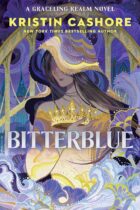
Since this post was published, two more books—Winterkeep (2021) and Seasparrow (2022)—were released, and the 5-book series was re-released as The Graceling Realm Series.
Book Spotlight: Bitterblue (The Seven Kingdoms Trilogy, Book 3) by Kristin Cashore
WELCOME back, Beardies!
Thank you for sticking with me through a week of posts about the Seven Kingdoms Trilogy! I hope you have enjoyed the posts as much as I enjoyed reading the books—and then dissecting them from a writer’s standpoint! Today we reach the final installment of Seven Kingdoms, Bitterblue, which is the sequel to Graceling, set eight years after the conclusion of that book and forty-eight years after the end of Fire.
{—PREMISE—}
EIGHT years ago, Princess Bitterblue and her mother, Queen Ashen, escaped the evil clutches of her father, King Leck of Monsea in the Seven Kingdoms. Ashen was killed in the escape attempt, but Bitterblue survived and went on to assume the throne of Monsea at age ten. Now, though, Bitterblue is Queen of a nation with many problems. Leck was a tyrannical, sadistic ruler and had the Grace, or supernatural talent, of deception. During his thirty-five years as King, Leck’s Grace forced his subjects to accept every word he spoke as truth, rendering them completely unable to think for themselves. Bitterblue wants to set things right, but her advisers seem determined to drown her in useless tasks, refusing to answer her questions about Leck’s reign or even allow her to make amends for his wrongdoing. Frustration leads Bitterblue to devise her own way to seek the truth, and she discovers that Leck’s cruelty went far beyond her wildest dreams. Not only that, there are those in Bitterblue’s court who would rather see her killed than expose the truth about her father.
{—GEMS FOR WRITERS—}

1. MAPS...
MAPPING is an important part of world-building. It keeps the writer from geographical inconsistencies–and the need to edit for those inconsistencies! Maps also help the reader visualize the setting. Kristin Cashore‘s mapping is second to none, with double-page maps of Bitterblue’s castle and rooms, Leck’s rooms, the East City, the Seven Kingdoms as a whole, and more. I am a huge fan of maps in fantasy books, and when I purchased my copy of Bitterblue, I spent an hour in the Barnes & Noble café just ogling the maps. Ironically, on that same day, Joshua did a great post on world-building and maps. If you haven’t already, please take a minute to go check it out!
2. CHARACTERIZATION...
I have loved the characterization in these novels from the beginning, but it is especially well-done in Bitterblue. The last time the reader saw Bitterblue, she was an immature girl of ten years, on the run from her cruel father, and she acted like it. In this volume, the reader sees how her memories were distorted by her father. She feels this distortion acutely, which makes her a sympathetic heroine. In the beginning of this story, Bitterblue is in many ways still a child and very naive. By the end, however, she has grown into a remarkable young woman and a good monarch, able to see that not all cruelty is intentional and that sometimes the best way to make amends for the past is to offer hope for the future.
3. GRACES...
AT the center of Kristen Cashore‘s fantasy world are the Gracelings, each with a unique, supernatural talent known as a Grace. Not every character is Graced, and the previous books only explored Graces in major characters. Bitterblue, however, contains several Graced minor characters, many of whom work in the castle. Queen Bitterblue employs a kitchen hand Graced with the ability to tell by the look and smell of a person what they would most like to eat at any given time, and a servant Graced with absolute fearlessness. Perhaps my favorite Grace of all, though, belong’s to Bitterblue‘s librarian, Death (whose name rhymes with “teeth”). Death’s Grace is speed-reading, with perfect recall of everything that he reads. The descriptions of the Graces keep the reader interested in characters that would otherwise simply fade into the background.
4. love IN MANY FORMS...
{—RATING—}
{—CONCLUSION—}
IN The Seven Kingdoms Trilogy, Kristin Cashore has built a world that is complete and real, populated it with characters I would love to have as my real-life friends, and made me eager to visit it time and again. In Bitterblue, Cashore leaves the characters in a place where I am content to let them go, bringing the trilogy to a satisfying close—though, if she ever did write another book, I would read it gladly.
Happy Reading and Happy Scribing!

